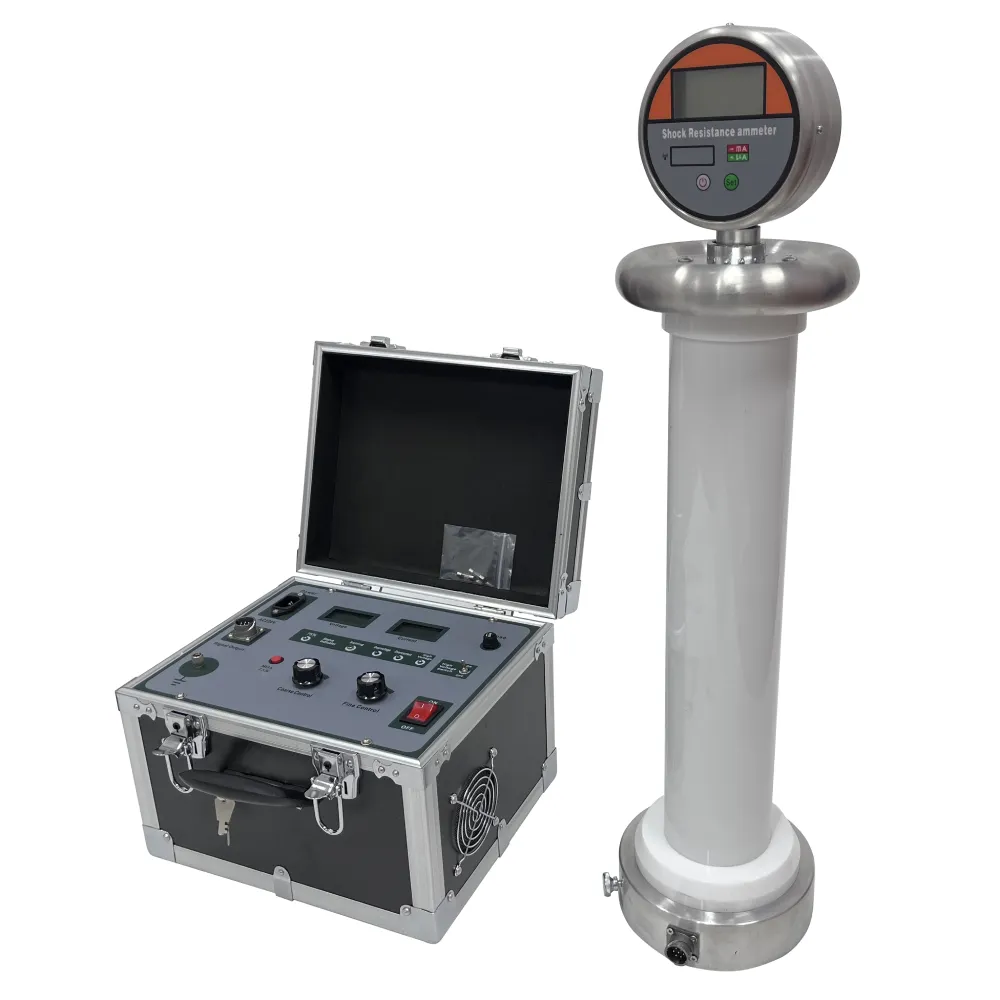 English
English


Cable High Voltage Testing Standards for Safety and Performance Evaluation
Understanding Cable Hipot Test Standards
The cable hipot (high potential) test is a critical procedure in the electrical industry that ensures the safety and reliability of insulation within cables. This test is essential in various applications including power distribution, telecommunications, and industrial machinery. Understanding the standards surrounding the cable hipot test is crucial for manufacturers, engineers, and operators involved in the production and maintenance of electrical cables.
What is a Cable Hipot Test?
A cable hipot test involves applying a high-voltage electrical potential to a cable’s insulation to verify its integrity. The primary goal of the test is to detect any insulation weaknesses that could lead to electrical leakage, which may pose safety risks or result in equipment failure. During the test, a voltage is applied that exceeds the normal operating voltage, allowing any potential flaws in the insulation to be identified, typically expressed in kV (kilovolts).
Importance of Cable Insulation
The insulation around electrical cables serves as a protective layer, preventing electricity from striking unintended paths, and subsequently minimizing the risk of electrical shock, short circuits, and equipment damage. Consequently, robust insulation is vital for the longevity and reliability of electrical systems. A failed insulation test can indicate the presence of moisture, physical damage, or manufacturing defects, all of which could lead to catastrophic failures if left unchecked.
Relevant Standards
Various organizations and standards govern the procedures and methodologies behind cable hipot testing. Notable among these are the Institute of Electrical and Electronics Engineers (IEEE), the International Electrotechnical Commission (IEC), and Underwriters Laboratories (UL). These standards outline testing procedures, required voltages, and safety protocols to ensure consistent and reliable testing practices.
- IEEE Standards The IEEE has established guidelines for cable testing, particularly IEEE Std 400, which covers the criteria for insulation testing and analysis of cable systems. - IEC Standards The IEC 60502 standard is pertinent to the testing of insulated cables for rated voltages up to 1 kV, detailing the procedures necessary for effective hipot testing.
- UL Standards UL has its own set of requirements that manufacturers must adhere to in order to ensure a product is certified for safety and performance, including cable testing protocols.
cable hipot test standard

Procedures of the Cable Hipot Test
The cable hipot testing procedure can vary depending on the standards being utilized. However, the basic steps often include
1. Preparation Disconnect the cable from any power source and ensure safety measures are in place, including grounding. 2. Setup of Equipment Connect the hipot tester to the cable, ensuring that it is configured according to the prescribed standards. This step includes setting the appropriate output voltage and duration of the test.
3. Testing Gradually apply the designated test voltage while monitoring for any current leakage that exceeds acceptable levels. The test typically lasts for a specified duration, commonly around one minute for lower voltages.
4. Evaluation Analyze the results. If the insulation maintains integrity, it will withstand the applied voltage without excessive current leakage. If it fails, the exact cause must be further examined.
5. Documentation Record all test results meticulously for compliance, traceability, and future analysis.
Safety Considerations
As with any high-voltage testing, safety is paramount. Personnel should be trained in electrical safety protocols, and equipment should be regularly inspected and maintained. Personal protective equipment (PPE) is essential for anyone involved in conducting these tests, as they are exposed to high electrical risks.
Conclusion
The cable hipot test is an indispensable component of electrical cable maintenance and manufacturing, ensuring optimal insulation performance and safety. Adhering to the appropriate standards not only helps in maintaining high-quality products but also ensures the safety of users and the reliability of electrical systems. For anyone involved in the electrical industry, understanding and complying with these standards is critical for successful operations.
-
Differences between open cup flash point tester and closed cup flash point testerNewsOct.31,2024
-
The Reliable Load Tap ChangerNewsOct.23,2024
-
The Essential Guide to Hipot TestersNewsOct.23,2024
-
The Digital Insulation TesterNewsOct.23,2024
-
The Best Earth Loop Impedance Tester for SaleNewsOct.23,2024
-
Tan Delta Tester--The Essential Tool for Electrical Insulation TestingNewsOct.23,2024





